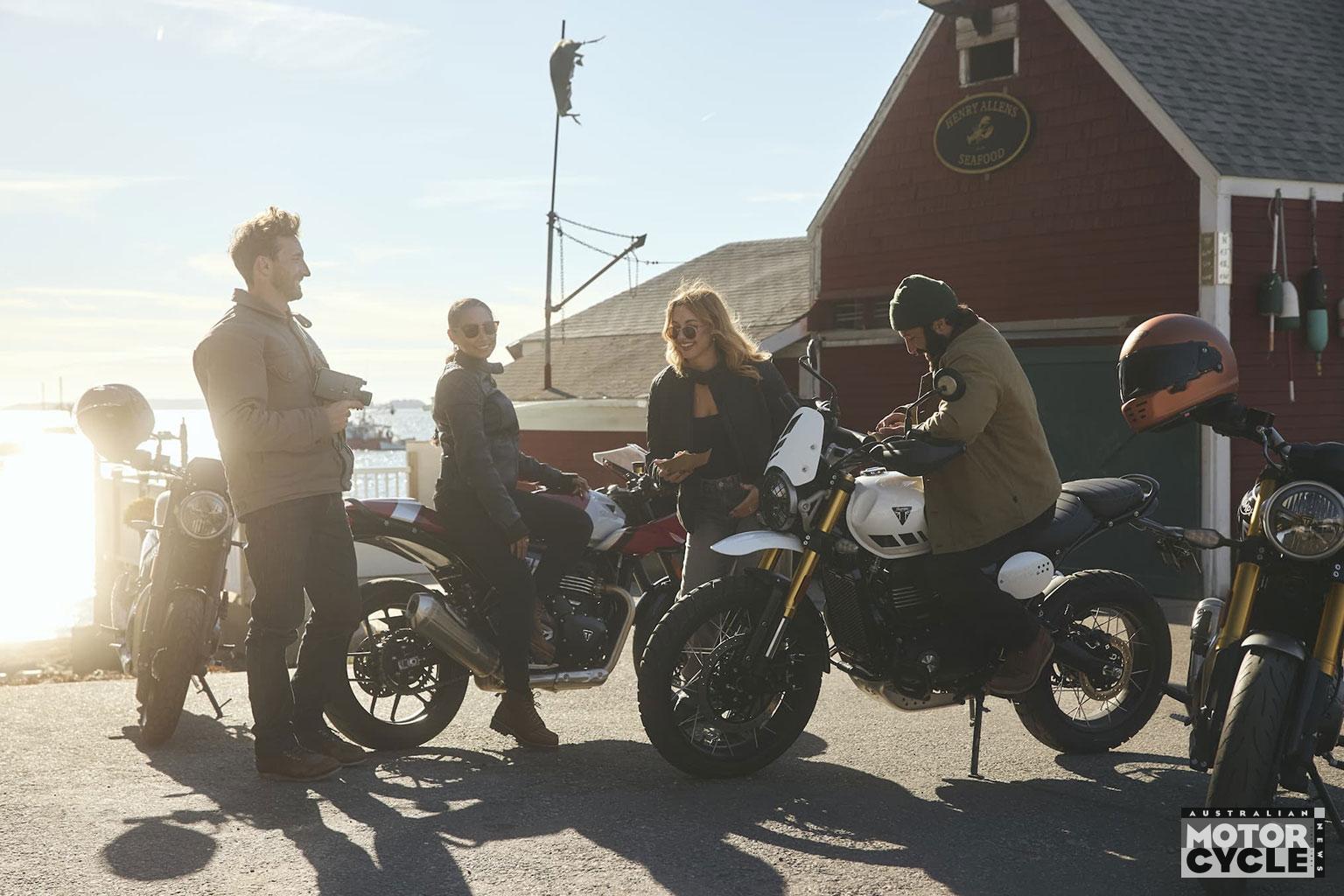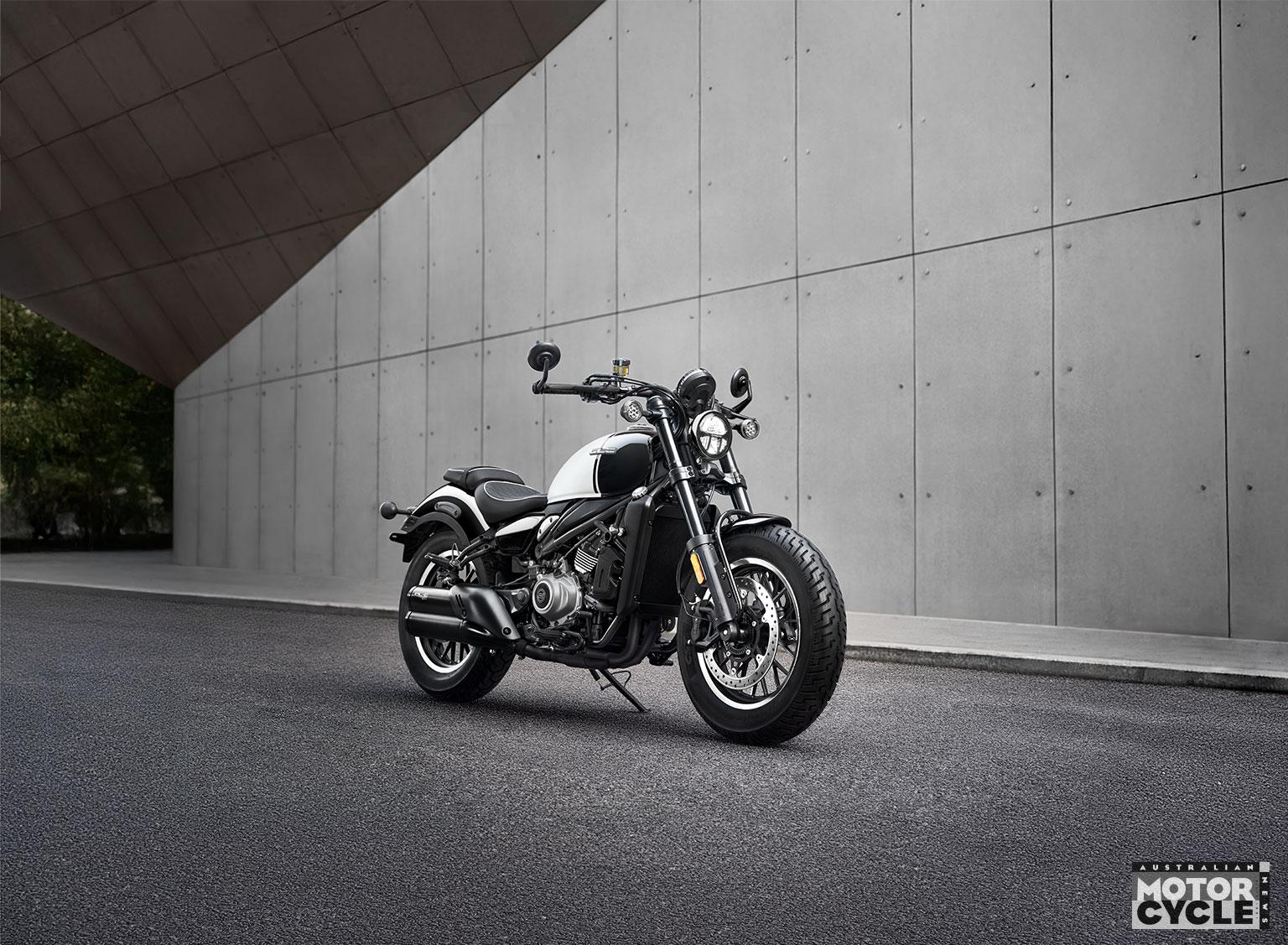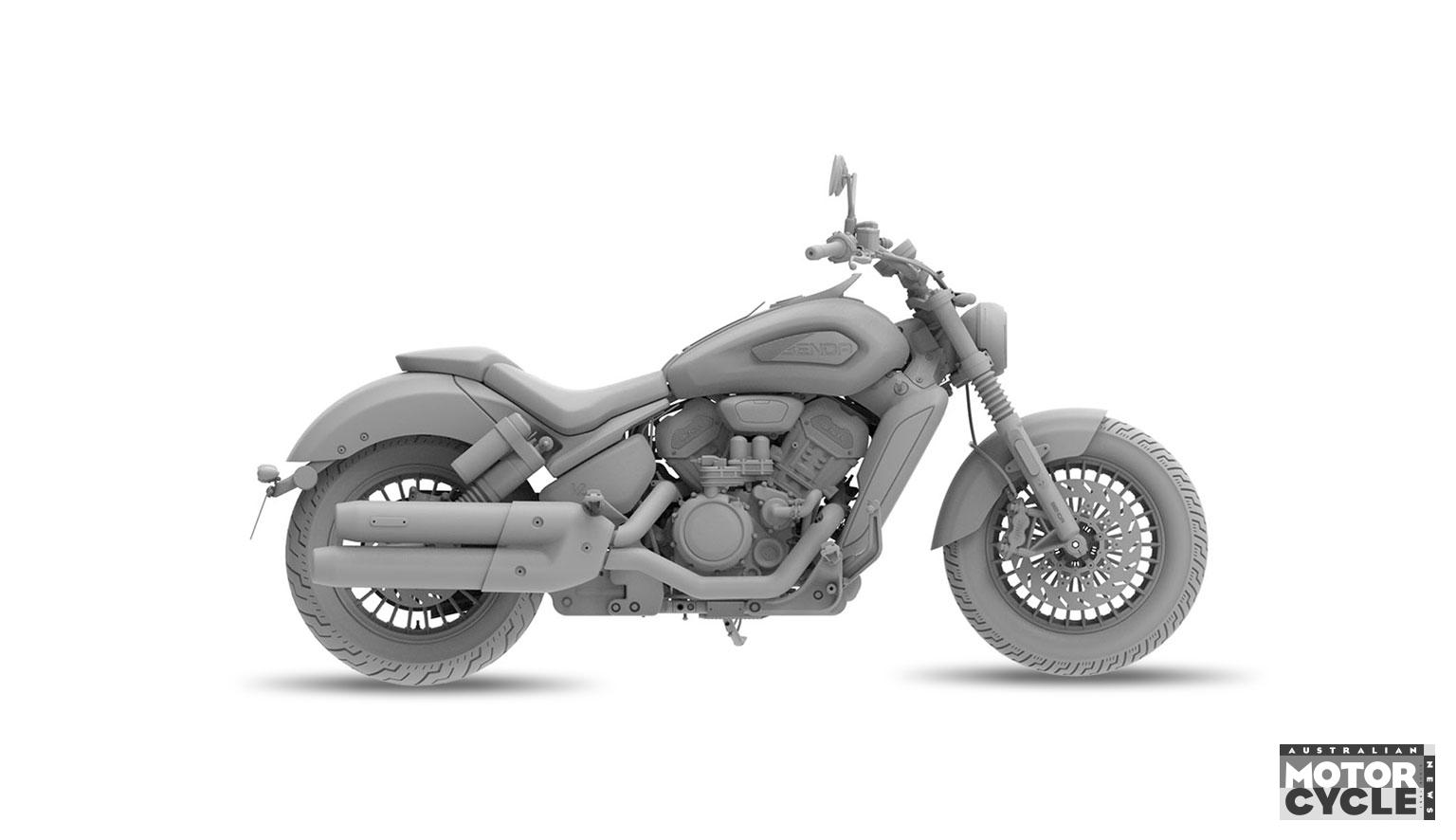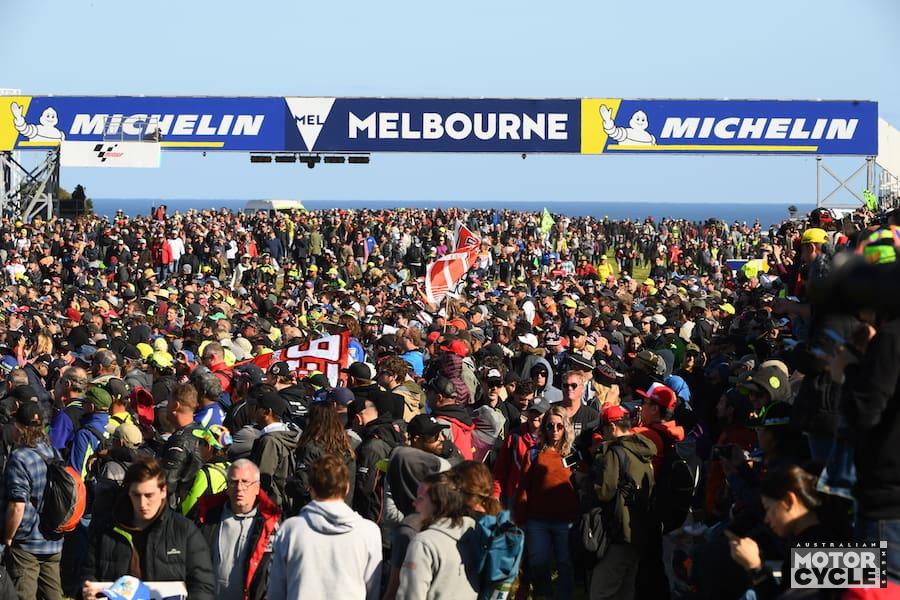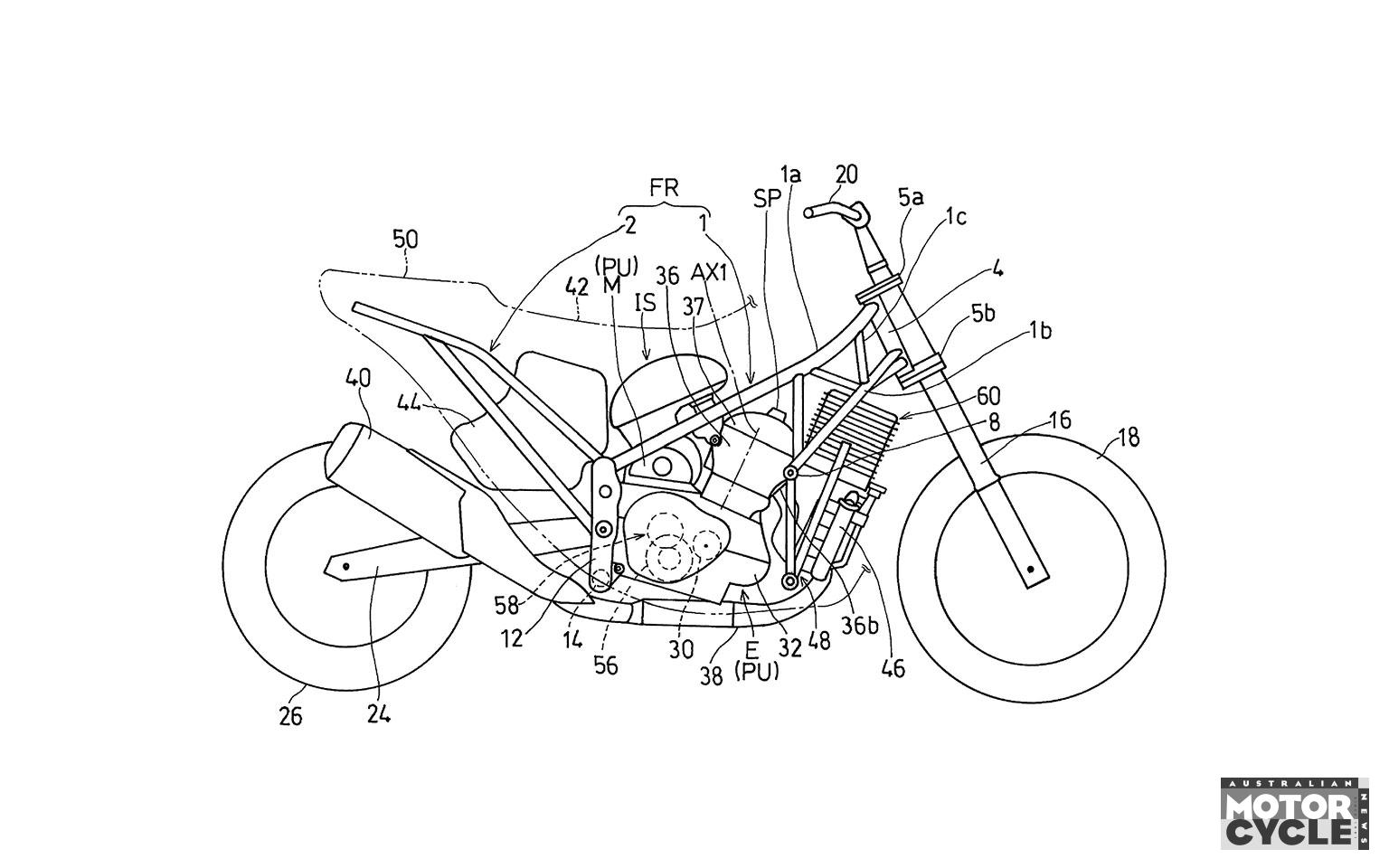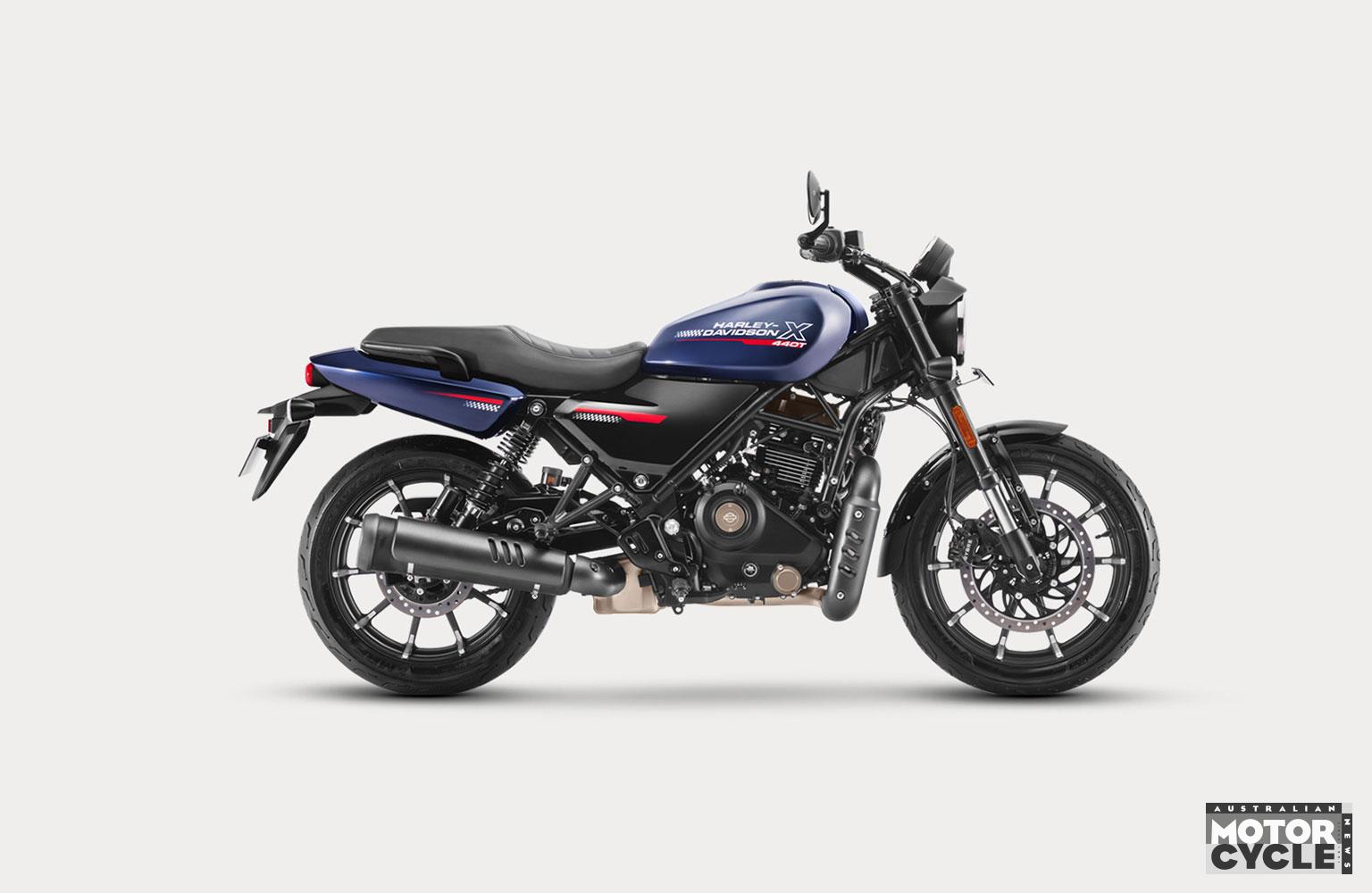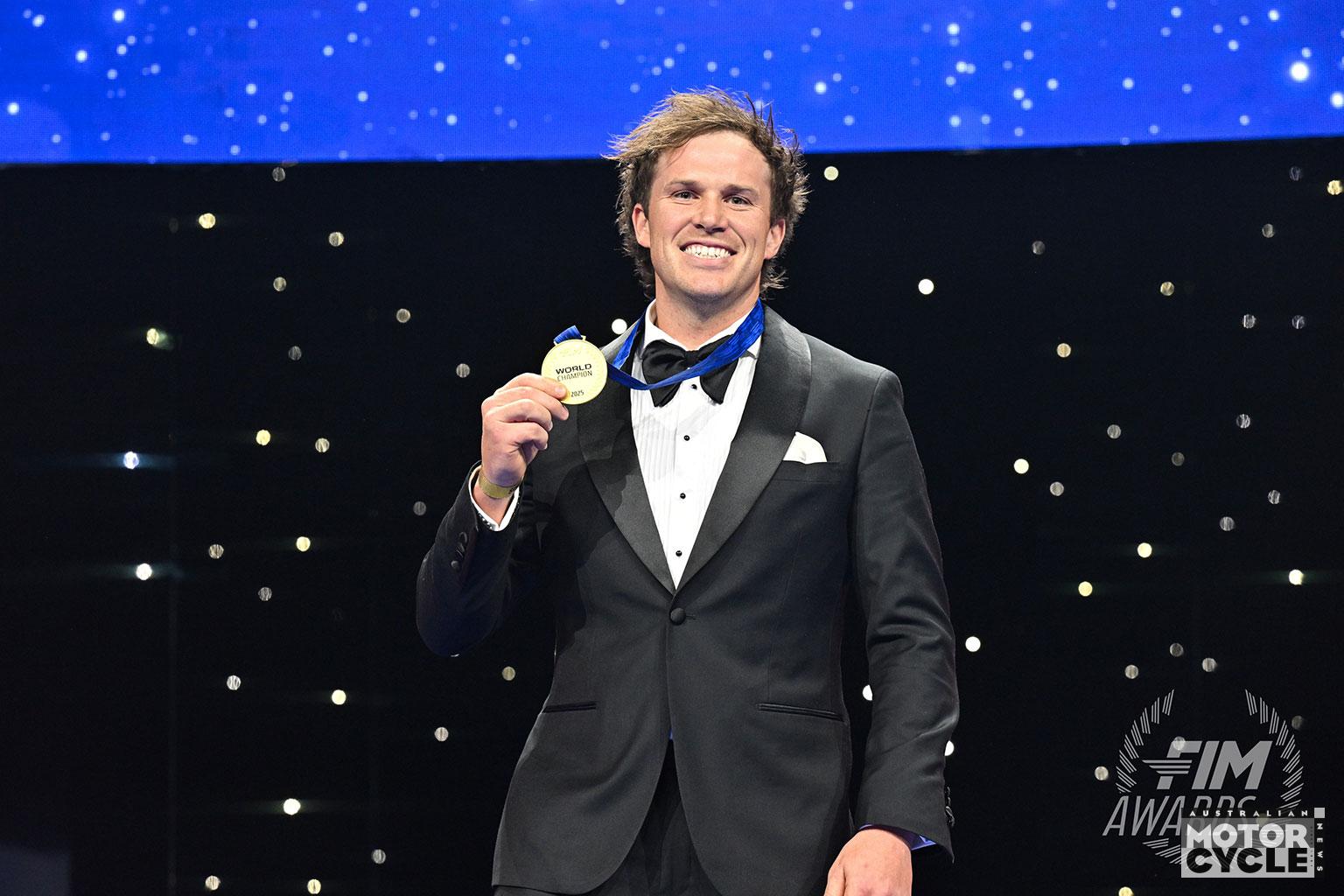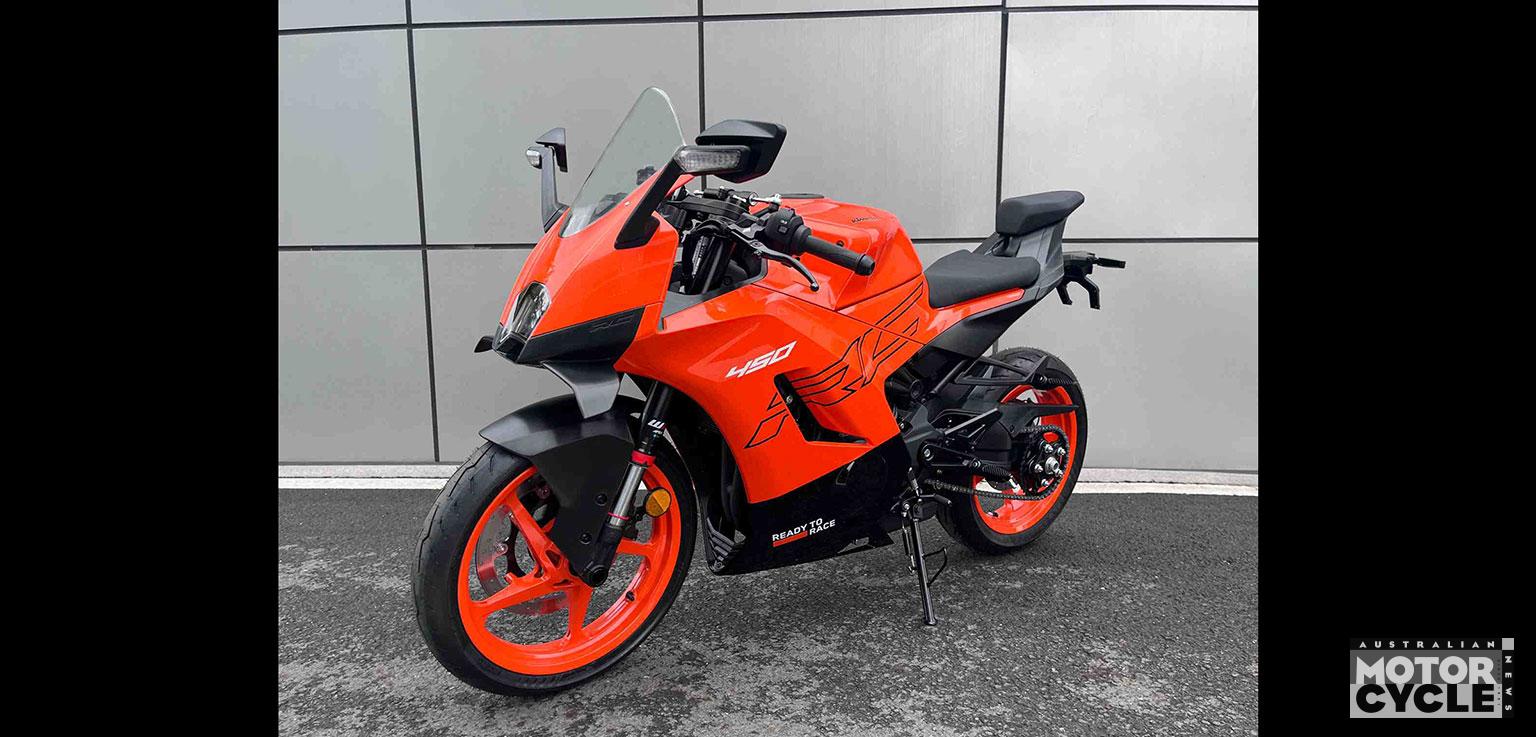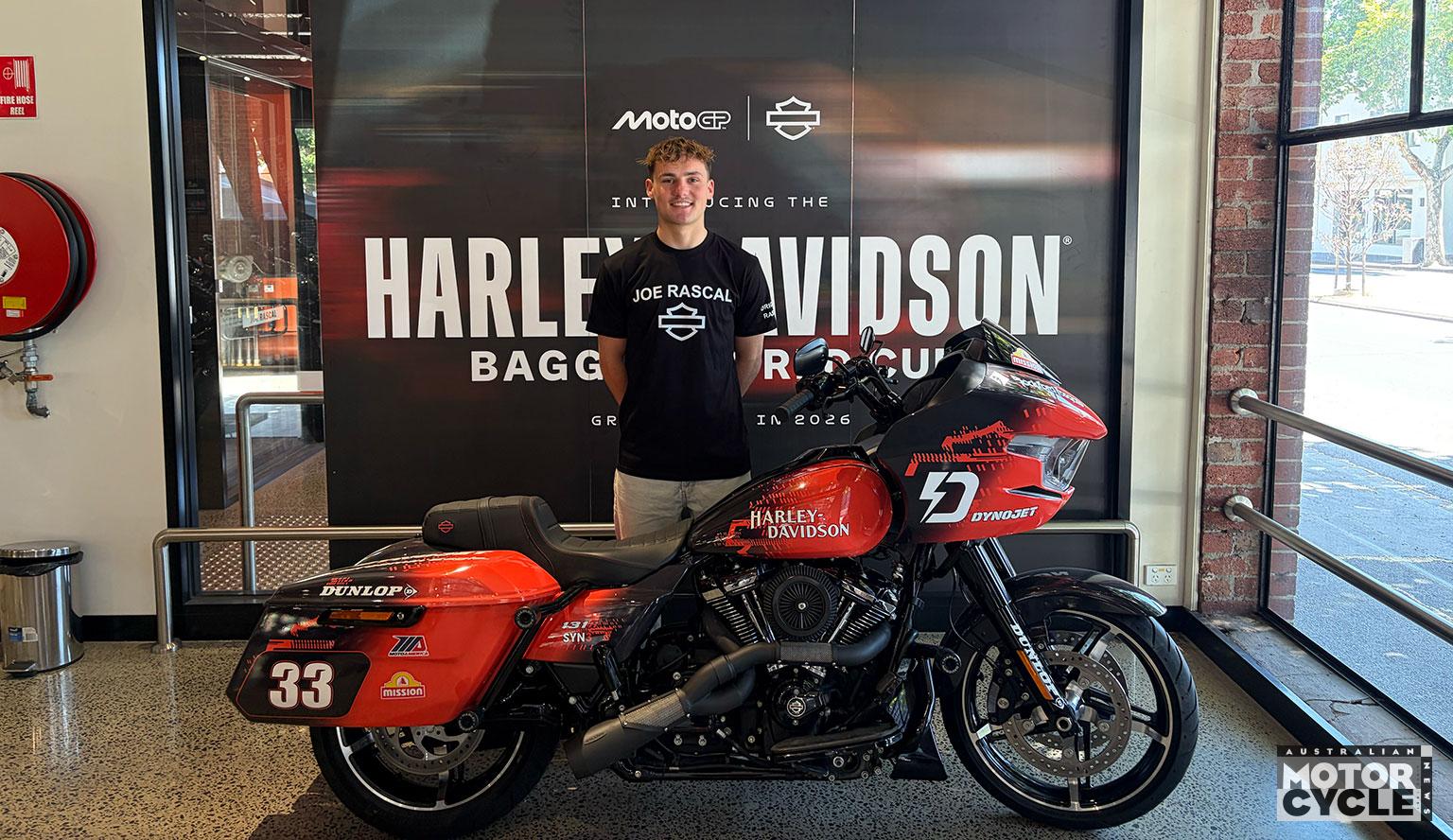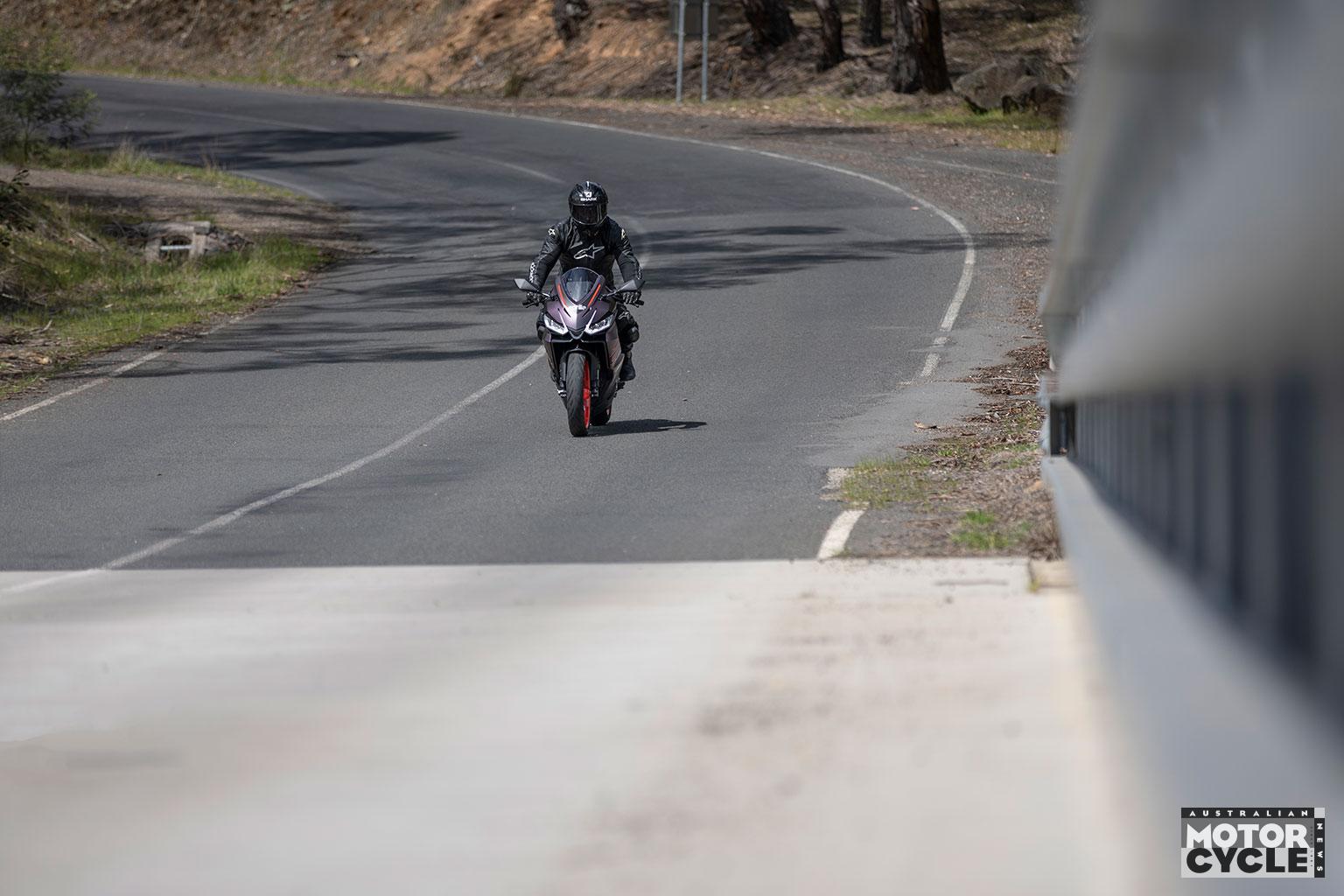Honda has been uncharacteristically slow to adopt the latest rider-assist technology in the form of radar and camera system for adaptive cruise control but it’s clear from a growing number of patents that the company is hard at work on catching up.
We’ve previously seen several patents showing radar-equipped versions of Honda’s Gold Wing and Africa Twin models, but the latest technical documents add a pair of stereo cameras to the mix and the illustrations show that the system is already well developed.

Although Bosch already offers an off-the-shelf motorcycle front and rear radar system that can be linked to cruise control and crash-mitigation braking systems, with customers including BMW, KTM, Ducati and Kawasaki, Honda has always preferred to develop its own technology and by adding cameras as well as a front-facing radar it has the potential to take a step forward compared to radar-only adaptive cruise control systems.
Camera system, when used in stereo, can judge the distance to objects and vehicles ahead by triangulating their position, and have the advantage over radar of being able to monitor road signs, traffic lights and brake lights of other vehicles. Some cars, notably Subaru models with their EyeSight stereo camera system, already use this tech, but on bikes it presents some additional problems.
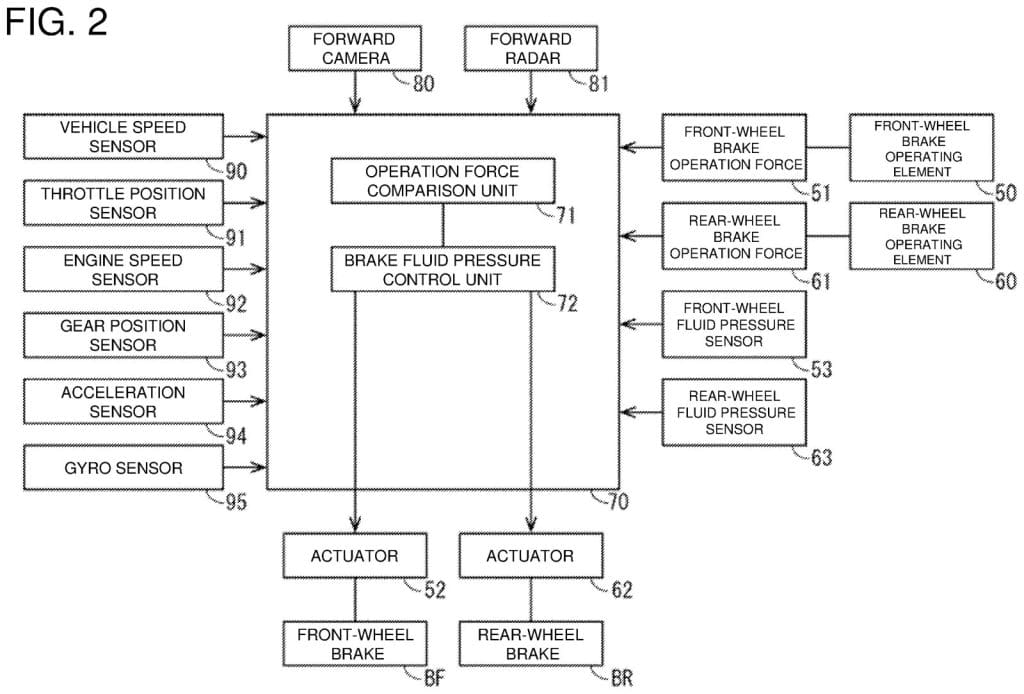
Notably, according to one of Honda’s new patents, the cameras are vulnerable to stones kicked up from the road, and to vibration, pitch and yaw. The patent aims to solve these issues by mounting the two cameras and their related electronics in a cradle just below the Africa Twin’s headlights. The cradle includes rubber mounts for the cameras to isolate them from vibration, and allows a degree of pitch and yaw movement thanks to a gimbal-style mounting system so the cameras aren’t thrown off target by small movements.
Additional patents, file at the same time, show logic charts for an automatic braking system that’s intended to be used with the camera and radar setup. These show that the bike will take information from the cameras and a radar mounted in the nose and use it to judge whether or not it needs to start braking automatically, for instance if a vehicle in front slows down. Specifically, the system is designed to help the rider rather than replace his or her inputs, showing that it will only brake automatically while there’s insufficient action from the rider. As soon as the brake pressure you apply at the lever is equal to or greater than the amount of pressure the bike is applying automatically, it relinquishes control.
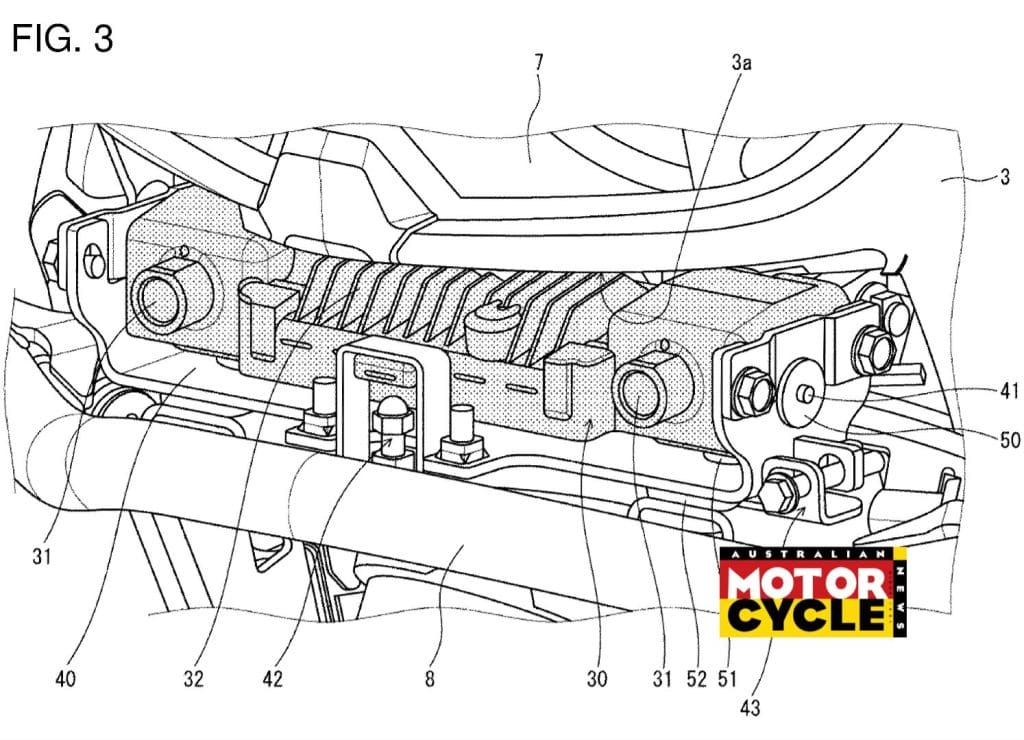
Given the drawn-out development of Honda’s rider-assistance systems, as shown in a trail of patents dating back several years now, it’s unlikely to be too long before we see the results on a production bike. With a growing number of the Africa Twin’s rivals gaining the option of radar cruise control – most recently the BMW R 1300 GS – Honda won’t want to be left behind for too long.
WORDS: BEN PURVIS
